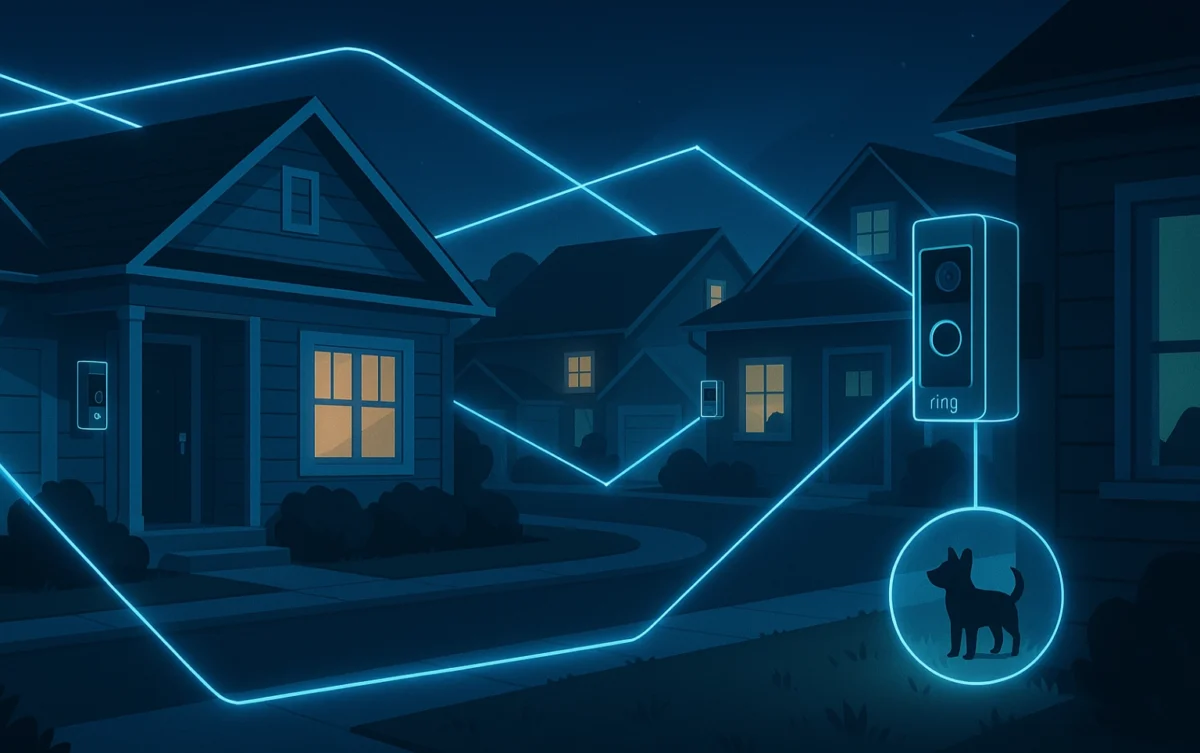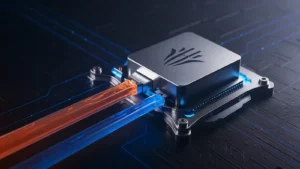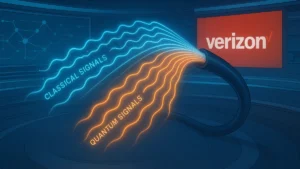Ring’s newest security cameras now come with Familiar Faces, a feature that lets the system identify household visitors, and Search Party, a community-based pet-finding tool using AI across neighborhood cameras. These updates mark a bold step: turning home security devices into active search tools for missing pets. But with power comes responsibility — let’s explore how it works, what’s impressive, and what could be concerning.
How These Features Work
The Familiar Faces feature allows users to register trusted people, cutting down unnecessary alerts when those individuals appear. Ring announced this alongside its upgraded 4K “Retinal Vision” cameras in its official product blog.
Search Party works differently: when a pet goes missing, owners can report it in the Ring app. Opted-in neighborhood cameras then scan for matches, alerting the owner if a similar pet is spotted. As explained by TechCrunch, this effectively creates a community network of AI-assisted eyes.
These capabilities rely heavily on clearer visuals. Engadget noted that sharper images improve both human and AI recognition, boosting the system’s accuracy when scanning for dogs.
Why It Could Work — And Why It’s Risky
Pros
- Community advantage: Multiple cameras working together increase the odds of finding a pet.
- Better clarity: 4K recording helps distinguish unique features in animals.
- Smarter alerts: Familiar Faces reduces notification fatigue.
Risks & Concerns
- Privacy trade-offs: Not everyone may want their cameras scanning the street, even for good causes. Participation is voluntary, but defaults and user awareness matter.
- False positives: AI systems aren’t perfect — a research paper on pet image recognition published on arXiv reported ~90% accuracy, leaving room for errors.
- Ethical dilemmas: Who owns the footage? How long should it be kept? These questions will grow as adoption increases.
What It Means for Pet Owners & Communities
For pet owners, this could become a reassuring safety net. If a dog escapes, nearby Ring cameras might help spot it faster. For communities, the system adds a new layer of collective vigilance. Still, as Digital Camera World observed, the excitement must be balanced with conversations about privacy, participation, and safeguards.
Frequently Asked Questions (FAQs)
Q1: Will this system work for cats or just dogs?
Ring confirmed that Search Party will launch with dogs first, with cats planned in the future.
Q2: Can I refuse to participate in Search Party?
Yes. Only opted-in outdoor cameras contribute to the program, meaning participation is optional.
Q3: How accurate is pet recognition with AI?
While improved by 4K cameras, pet recognition still faces limits. Research suggests ~90% accuracy for dog image matching, so owners should expect occasional errors.
Conclusion
Ring’s new features push home cameras into fresh territory: from recording what happens outside your door to helping families find missing pets. The technology is promising but imperfect. Stronger safeguards, transparency, and ongoing improvements will be critical for long-term trust.
Key Takeaway: Ring cameras recognizing faces and pets could change lost-and-found searches — but only if privacy, accuracy, and consent are handled carefully.
Last Updated on October 18, 2025 by Lucy




